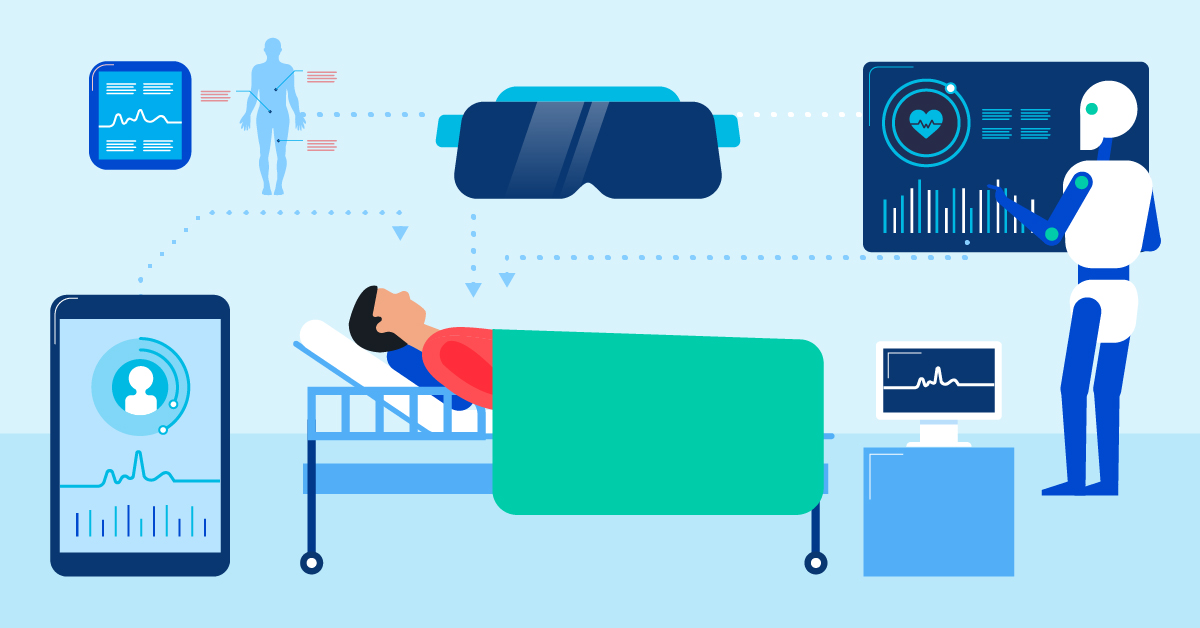1. Telemedicine and Telehealth:
- Remote Consultations: Telemedicine allows patients to consult with healthcare professionals remotely, reducing the need for in-person visits. This has been especially valuable during the COVID-19 pandemic.
- Remote Monitoring: Patients with chronic conditions can now be monitored from home through wearable devices and telehealth platforms, enabling early intervention.
- Access to Specialists: Telemedicine provides access to specialists, regardless of geographic location, improving healthcare access in rural or underserved areas.
2. Precision Medicine:
- Genomic Medicine: Advances in genomics have enabled personalized treatment plans based on a patient's genetic makeup, leading to more effective and tailored therapies.
- Targeted Therapies: Precision medicine has led to targeted therapies for cancer and other diseases, reducing side effects and increasing treatment efficacy.
- Pharmacogenomics: Understanding how genetics affect drug responses helps physicians prescribe medications with reduced adverse effects.
3. Artificial Intelligence (AI) and Machine Learning:
- Disease Diagnosis: AI and machine learning can analyze medical images, such as X-rays and MRIs, to assist in the early detection and diagnosis of diseases.
- Drug Discovery: AI is speeding up drug discovery by predicting potential drug candidates and identifying new uses for existing drugs.
- Predictive Analytics: Machine learning algorithms can predict patient outcomes, helping healthcare providers make more informed decisions and allocate resources effectively.
4. Remote Monitoring and Wearable Devices:
- Wearable Health Tech: Devices like fitness trackers and smartwatches help individuals monitor their vital signs, activity levels, and overall health.
- Chronic Disease Management: Remote monitoring of chronic conditions like diabetes and hypertension allows for timely interventions and better disease management.
- Aging in Place: Wearable tech enables elderly individuals to live independently for longer, with caregivers and healthcare providers monitoring their well-being.
5. 3D Printing in Healthcare:
- Custom Prosthetics and Implants: 3D printing is used to create customized prosthetic limbs, dental implants, and orthopedic implants.
- Patient-Specific Models: Surgeons can use 3D-printed models of patients' organs or tissues for pre-surgical planning and practice.
6. Robotics in Surgery:
- Minimally Invasive Procedures: Surgical robots allow for minimally invasive surgery, reducing recovery times and complications.
- Precision and Dexterity: Robots offer enhanced precision and dexterity, making complex surgeries more successful.
7. Healthcare Apps and Digital Health:
- Health Apps: Mobile applications provide tools for tracking health metrics, scheduling appointments, and accessing health information.
- Health Portals: Digital health platforms allow patients to access medical records, communicate with healthcare providers, and manage their healthcare remotely.
These innovations have significantly improved patient care, diagnostic accuracy, and treatment effectiveness. They also hold the potential to enhance healthcare accessibility, reduce costs, and lead to better health outcomes for patients worldwide. As technology continues to advance, healthcare and medicine will likely see even more groundbreaking developments in the coming years.




Comments (0)